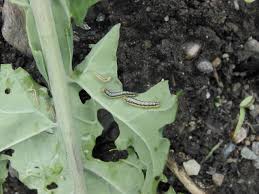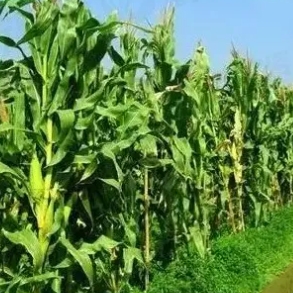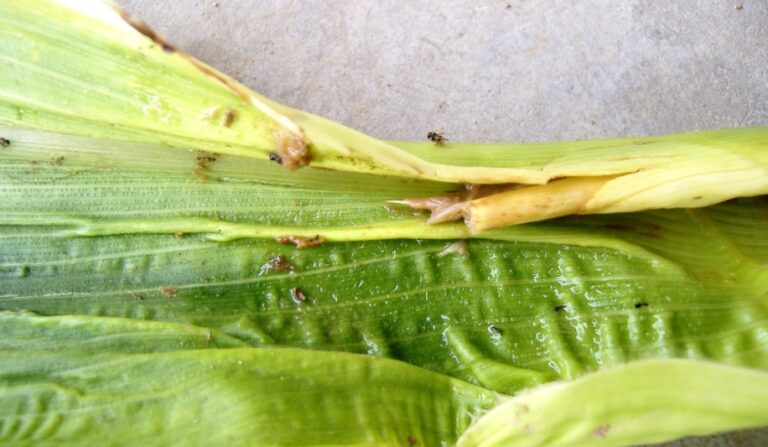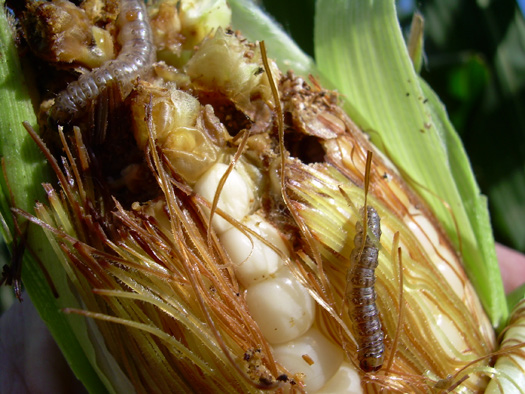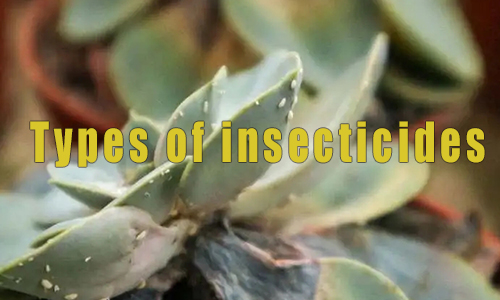Ants, particularly red fire ants, pose significant threats to farmlands and agricultural production. Their impact can be divided into several key areas:
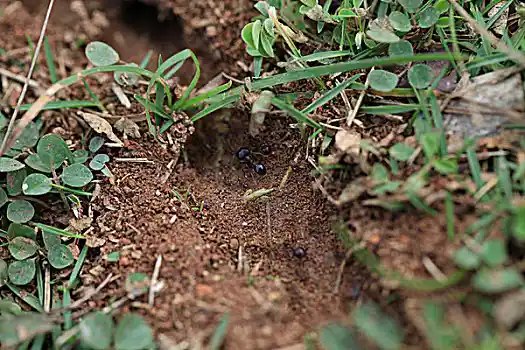
Impact on Farmlands
- Damage to Crops:
- Direct Harm: Ants can attack and bite crops such as wheat, corn, and sugarcane, leading to a significant reduction in yield. They damage plants by feeding on or nesting in them.
- Indirect Effects: The presence of ants disrupts soil structure, which can affect the growth environment for crops, including nutrient and water availability.
- Ecological Impact:
- Biodiversity: The spread of red fire ants can disrupt local ecosystems by displacing native species and reducing biodiversity.
- Soil Structure: Ant activities can alter soil properties, such as water permeability and aeration, which in turn affects land usability and agricultural productivity.
- Human Health Risks:
- Stings: Red fire ant stings cause pain, swelling, and can lead to allergic reactions. Vulnerable groups such as children and the elderly are at greater risk.
- Health Concerns: The discomfort and potential allergic reactions from ant stings can significantly impact quality of life.
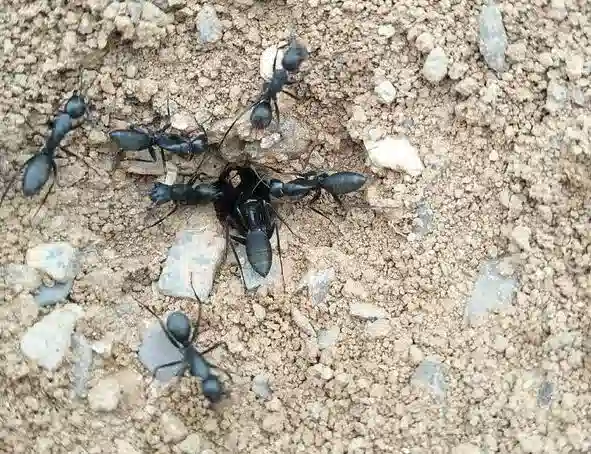
Kill ants and Prevention Strategies
- Enhanced Monitoring and Early Warning:
- Technology: Employ modern technology, such as drones and satellite imagery, to monitor ant populations and detect their spread early.
- Data Support: Use monitoring data to understand ant behavior and plan effective control measures.
- Scientific Management:
- Integrated Approach: Implement a combination of physical, chemical, and biological control methods.
- Physical Methods: Use ant traps and barriers to manage ant populations.
- Chemical Control: Apply insecticides such as fipronil, imidacloprid, or thiamethoxam. Ensure safety by avoiding exposure to children and pets.
- Biological Control: Utilize natural pesticides like pyrethrins and sophoridine, which are more environmentally friendly but may require repeated applications.
- Integrated Approach: Implement a combination of physical, chemical, and biological control methods.
Types of Kill ants Products
- Chemical Pesticides:
- Components: Common ingredients include fipronil, imidacloprid, and thiamethoxam.
- Usage: These are typically applied via sprays or baits. Safety precautions should be taken to avoid harm to children and pets.
- Biological Agents:
- Components: Includes natural insecticides such as pyrethrins and sophoridine.
- Advantages: Generally safer for humans and the environment, though they may be less potent and require multiple applications.
- Physical Methods:
- Techniques: Utilizes ultrasonic devices, heat, or cold treatments.
- Advantages: Non-toxic to humans and the environment but can be cumbersome and less effective compared to chemical methods.
Comprehensive Control Recommendations
- Regular Monitoring: Conduct frequent checks for ant activity to address infestations promptly.
- Judicious Pesticide Use: Choose and apply pesticides wisely to minimize environmental impact.
- Eco-friendly Measures: Prefer biological and physical control methods to reduce reliance on chemicals.
- Public Awareness: Educate farmers and related personnel about ant threats and control strategies to improve management practices.
By implementing these strategies, it is possible to effectively manage ant infestations, protect crops, and maintain ecological balance. For further assistance or more information, please feel free to reach out.


